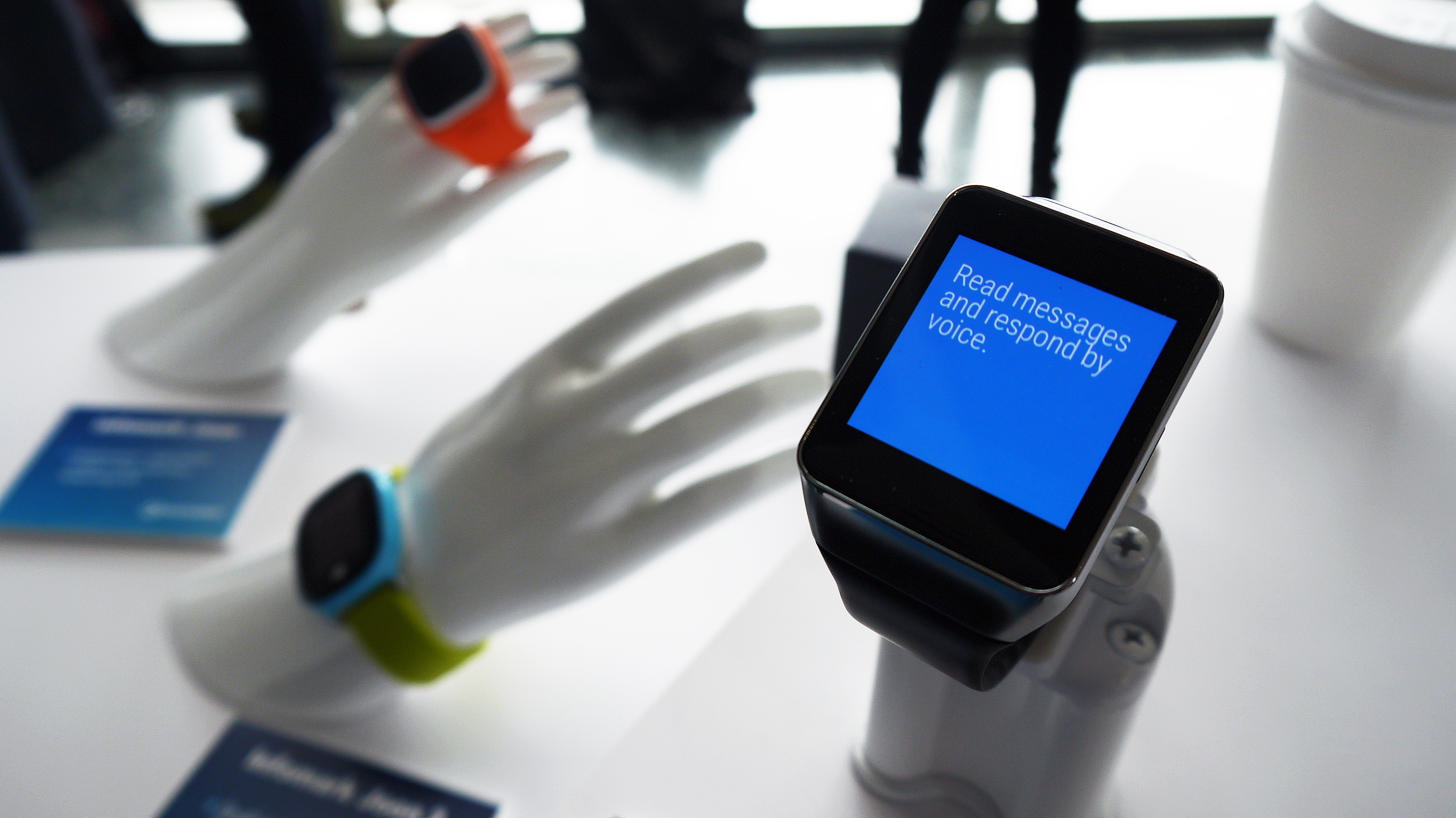Bad news: your smartwatch's battery life will never be good enough
Wait, we can explain!

The quest to improve smartphone battery feels like a neverending struggle, and we're now taking that same battle to the wrist. Smartwatch batteries suck and they're not going to get much better any time soon.
There are two parts to this problem. The first is one that still plagues phones: battery life is actually getting better, but improved features are growing increasingly power hungry. It feels like a case of one jump forward, two steps back, even though that's not really the case.
"The battery life will never be long enough," Qualcomm's senior director of its smart wearable sector, Pankaj Kedia, told us at an event in San Francisco. "We're always working to continuously improve battery."
"The fundamental challenge is that the display takes up 60% of the power. So if everything else was zero, the battery would not last more than four days if you want to have this kind of display"
Things are getting better. The first LG G Watch had a battery life of around a day, the G Watch R lasted about two, and the most recent G Watch Urbane also lasts two days, demonstrating how the battery had been improved to maintain performance in the face of added LTE.
But as we move into the second generation of devices, manufacturers will only up the features. And unless you're rocking a less demanding Pebble, the battery's concern is keeping up with more sensors, better connectivity and better displays.
"They start putting in smaller batteries so [the device is] thinner, but they start putting in better screens so it's a better experience, or they start putting in 3G or LTE or GPS," said Kedia.
Get daily insight, inspiration and deals in your inbox
Sign up for breaking news, reviews, opinion, top tech deals, and more.
But that's just half the issue
The second part of the problem is that the battery improvements just aren't big enough to make them worthwhile when you consider user charging habits - which are different on a wearable than to a phone.
"What we've seen is that consumers either charge every night or every weekend, so there is not much use in going from two days going to two and a half days," said Kedia.
"We are just getting started," he added, however. "You will see continuous improvement, but you will not see two days going to a week."
The smartwatch battery will improve to keep pace with added technologies as we move from the first generation of wearables to the second. However, without some major breakthrough in the battery space, it could be an awful long time before we're wearing a smartwatch that offers a brilliant display and great features, while also running for more than two or three days on a single charge.
Hugh Langley is the ex-News Editor of TechRadar. He had written for many magazines and websites including Business Insider, The Telegraph, IGN, Gizmodo, Entrepreneur Magazine, WIRED (UK), TrustedReviews, Business Insider Australia, Business Insider India, Business Insider Singapore, Wareable, The Ambient and more.
Hugh is now a correspondent at Business Insider covering Google and Alphabet, and has the unfortunate distinction of accidentally linking the TechRadar homepage to a rival publication.
